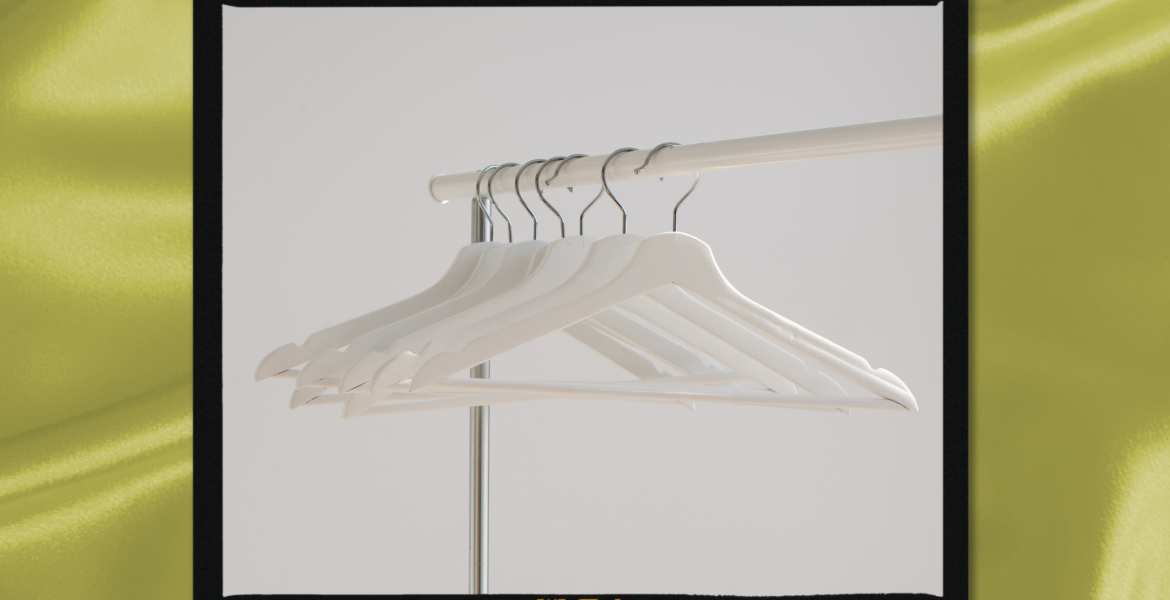Shein went from an obscure online company to the most popular fashion website in the world in just a little over five years. The hashtag, #sheinhaul has over 6 billion views on TikTok to date, and endless results on Youtube. Shein secured its place as the leader of trendy fashion retail when the brand’s mobile app surpassed Amazon’s on the Apple store shopping charts in May 2021.
This year, an early April funding round of about 1 billion dollars raised Shein’s valuation to a monumental $100 billion. The company now stands tied with Space X as the third-highest valued privately owned company in the world. Shein has surpassed its fast fashion industry predecessors, now worth more than H&M and Zara combined.
Most of Gen-Z can recall shopping for trendy pieces at the stores that anchored the beginning of fast fashion — Forever 21, Zara, H&M — almost exclusively at some point in their lives. Shein’s ability to surpass several retail giants only using e-commerce and a few pop-up shops is an impressive yet scary feat. Although Shein’s current numbers are great for business, the success of the company is a blaring signal of the exponential growth of fast fashion consumption and in turn, waste.
The things we all love about Shein — price points that won’t put a dent in your wallet and seemingly endless pages of options — are actually the root of the problem. A graph by Business of Fashion reported Shein’s “Incomparable Churn” strategy of putting out new merchandise nearly every day at a shocking total of 314,877 items for the year to date. On the graph, H&M’s 4,414 new styles compared to Zara’s 6.8K and Boohoo’s 18.3K appears as a minuscule slither, but in reality, results in literal tons of clothing waste.
As one of the sustainability leaders in fast fashion, H&M’s efforts granted the brand the 27th place in “Corporate Knights’ annual ranking of the world’s most sustainable corporations, announced at the World Economic Forum in Davos, Switzerland.” H&M’s recycling program and sustainable ‘Conscious’ collection still leave room for improvement according to under of not-for-profit global movement, Fashion Revolution. Castro told Euronews Living, “It’s great that fast fashion brands are investing in sustainability more than their luxury counterparts, but the problem is – the issue of quantity over quality is still the elephant in the room.”
“From hazardous chemicals to carbon emissions to micro-plastics, Shein is making zero effort.”
GOODOnyou retail reporting
If the quantity level of the brand with the smallest statistic on the chart is concerning, one is left to only attempt to fathom the impact of Shein’s sheer volume of production. According to a retail reporting service on ethics and sustainability, Goodonyou, “There is no evidence the brand is taking any meaningful action to reduce its substantial impact on the environment. From hazardous chemicals to carbon emissions to microplastics, SHEIN is making zero effort. On top of that, brands mass-producing such cheap, poorly-made clothing perpetuate a throwaway fashion culture simply by existing.” With no concrete signs of fast fashion slowdown in sight, it is up to consumers to change the course of mass consumption.
“Brands mass-producing such cheap, poorly-made clothing perpetuate a throwaway fashion culture simply by existing.”
GOODOnyou retail reporting
We each face a hard pill to swallow — avoiding purchasing from Shein in protest of more ethical and sustainable practices is necessary for the brand to grow. Without any change in sales, Shein will have no reason to be mindful of the consequences of the contributions to irreversible damage to our planet. If you still want your fun party dresses for cheap, or inexpensive basics, consider circular fashion alternatives. Try purchasing fast fashion gems from resale sites such as Depop and Poshmark, thrifting, or borrowing from a friend to prevent using your hard-earned money to contribute to a company that is negatively impacting your very own future.
Featured image by Andrej Lisakov of Unsplash. Design by Her Campus Media.

